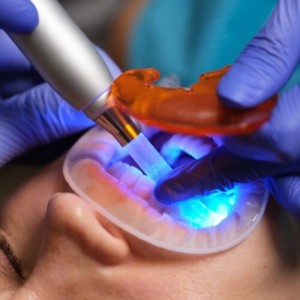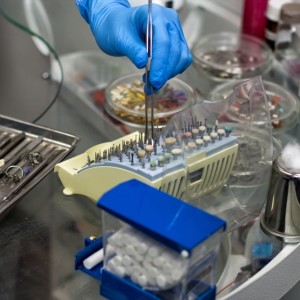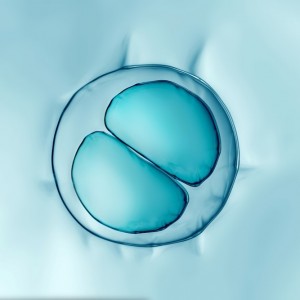
Failure of lingual retainer, a RCT
Davide Elsido
The objective of a RCT published on AJODO on oct 2021 issue was to compare the survival rates and periodontal health in patients with 3-strand round twisted (RT) vs 8-strand rectangular braided (RB) fixed retainers bonded to all 6 anterior teeth in the mandible. A total of 133 patients completing orthodontic treatment were randomly allocated in a 1:1 ratio to receive either an RT or RB wire retainer.
FRs bonded to all 6 anterior mandibular teeth come in variable cross-sectional dimensions, the number of strands, type of alloy or structure (twisted vs braided), and are widely used by orthodontists.
FRs in the mandible are maintained for prolonged periods, even for life.
Growing popularity and extended use can be associated with unwanted sequelae such as the development of decalcification or caries or the presence of gingival or periodontal inflammation. Both phenomena result directly from the increased capacity to retain dental plaque and the difficulty to clean.
Findings in this study do not confirm concerns that the presence of the mandibular retainer bonded to 6 anterior teeth leads to periodontal problems. In contrast, they seem to agree that orthodontic fixed retainers seem to be a retention strategy rather compatible with periodontal health, or at least not related to severe detrimental effects on the periodontium.
There is evidence that in patients with mandibular FRs, unwanted tooth movements, even without bond failure or wire breakage, can occur. Those side effects have been attributed to unexpected torque changes between the adjacent mandibular incisors or opposite inclinations of contralateral mandibular canines.
Although the exact cause of this phenomenon is not clear, it was suggested that the retainer could become active and move the retained teeth to unwanted positions.
The risk for the retainer to become active seems to be associated with retainers made from several single stainless-steel filaments twisted into a round wire. After mechanical deformation during biting, the wire could untwist and lead to complications. The increasing popularity of rectangular wire for the fabrication of mandibular retainers implies that the strategy to use non-twisted, non-round wires for retainer fabrication was meant to prevent such complications.
The overall risk for first-time failure was high and amounted to 52.3% (56.1% in the RT group and 48.5% in the RB group). There was no difference in terms of survival or periodontal health between the examined retainers.
Thirty-seven out of 66 participants (56.1%) from the RT group and 32 out of 66 participants (48.5%) from the RB group had at least 1 retainer failure during 2 years after retainer placement. The majority of failures were retainer detachments, whereas retainer breakages and complete retainer loss were infrequent.
No bond on the tooth surface suggests that the adhesive-enamel interface was weakened, possibly by moisture contamination during the bonding procedure, whereas the presence of the bond remnants at the debonding site implies that other factors (eg, mechanical, inadequate bond polymerization, or inadequate bond quality) led to detachment.
 Related articles
Related articles
Orthodontics 08 October 2025
The field of orthodontics in its new era is venturing ahead to more up-to-date technological point of view.
Orthodontics 25 August 2025
Orthodontics 25 June 2025
Clinical application of magnets in orthodontics and biological implications: a review
Over the last decade magnets have been used in orthodontic and dentofacial orthopaedics and attempts have been made to evaluate the biological implications of magnets and magnetic fields during...
Orthodontics 10 June 2025
It has long been claimed that presurgical orthodontics is crucial to the outcome of surgical-orthodontic treatment for dentofacial deformity
The use of 3D technology in orthodontics has increased recent years. 3D intra-oral scanning, cone beam computed tomography (CBCT), 3D printing and computer-aided design and computer-aided...
 Read more
Read more
Oral pathology 24 October 2025
Isolation and characterization of dental pulp stem cells from a supernumerary tooth
Dental pulp stem cells (DPSCs) were primarily derived from the pulp tissues of primary incisors and permanent third molar teeth, whereas no report to our knowledge has yet been documented on deriving...
Editorials 24 October 2025
From mentoring workshops to leadership insights, the last week’s IU School of Dentistry (IUSD) fall faculty conference and staff retreat brought faculty and staff together respectively for two days...
Products 24 October 2025
At the American Academy of Periodontology’s Annual Meeting, Carestream Dental continues to deliver what’s next in dentistry with the launch of CS 3D.
News 24 October 2025
As dental professionals prepare to wrap up 2025, many are setting ambitious goals for the year ahead, yet few have a clear, actionable plan to achieve them.
News 24 October 2025
The Yankee Dental Congress will take place from January 29, 2026, through January 31, 2026, at the Thomas M. Menino Convention & Exhibition Center in Boston.















